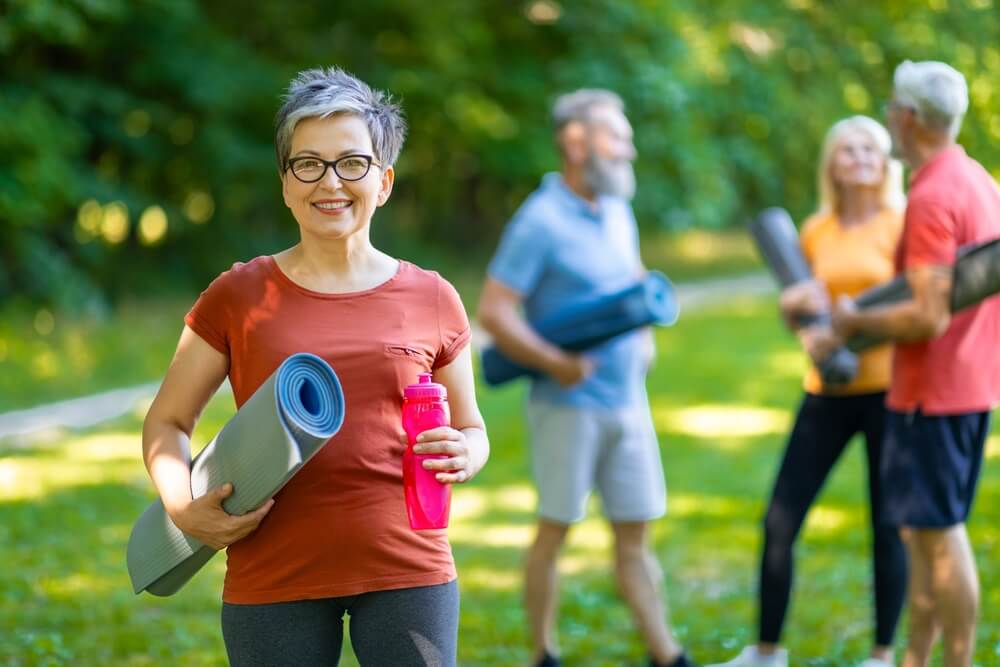
The Benefits of Starting a New Sport as an Older Adult


Imagine this: You’re standing on a pickleball court, paddle in hand and facing an opponent for the very first time. Do you feel excited, apprehensive or somewhere in between?
For many of us, the idea of picking up a new sport can be intimidating, especially in our 70s, 80s or beyond. Yet thousands of pickleball enthusiasts, including many of my clients at Aviv Clinics, will tell you it’s worth the effort.
As an athletic trainer and exercise physiologist for more than four decades, I’ve seen firsthand how age doesn’t need to be a barrier. Instead, it’s a permission slip to try something new. Sure, our joints might creak a bit louder, but our spirit is as spry as ever.
Whether it’s pickleball, softball, swimming, golf, bocce or another athletic pursuit, older adults can reap numerous benefits from physical activity.
Optimal Sports for Older Adults
While your capacity for pole-vaulting or mixed martial arts may be behind you, there are numerous sports that can be particularly beneficial for older adults.
Pickleball
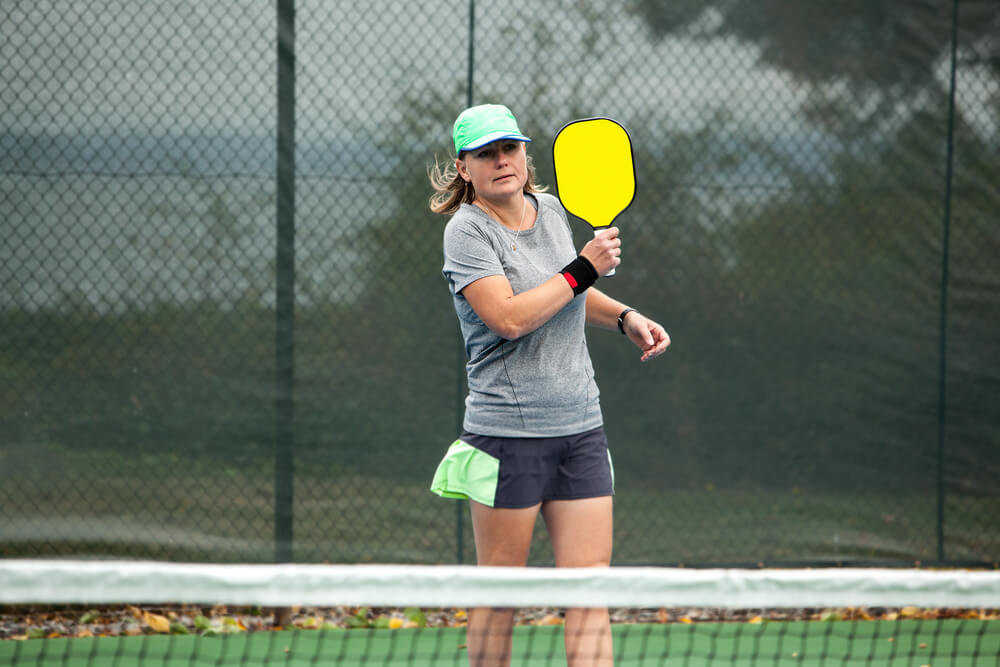
Here in The Villages® community, where Aviv Clinics is located, pickleball is a way of life.
Although people of all ages play America’s fastest-growing sport, pickleball is uniquely suited to older adults. At a time when our reflexes are slowing down, pickleball sharpens our hand-eye coordination and fosters quick thinking. It’s a low-impact cardiovascular activity that’s both perfect for heart health and joint-friendly. Playing can also improve our balance, reducing fall risk.
Beyond the physical benefits, spending time on the court with friends (and friendly rivals) provides needed social interaction, and the endorphin surge that we get while playing helps to combat stress, anxiety and depression. While it may have a silly name, pickleball offers serious value for our health.
Team Sports
While our engagement in team sports often declines with age, research indicates that sports offer significant health benefits. Evidence-based studies demonstrate that participating in team sports contributes to overall well-being and reduces the risk of diseases.
Engaging in team sports as we age positively impacts both our physical health and overall well-being. Participants benefit from the physical and mental advantages, including the social connections fostered by teamwork. Whether driven by competitiveness or a desire for personal achievement, adults age 55 and over can still find team sports rewarding.
Notably, a study conducted at the Center for Healthy Aging at Penn State revealed that seniors aged 70 to 90 experienced improved cognitive performance after participating in team sports. Social interaction plays a pivotal role in this enhancement, as isolation remains a recognized risk factor for dementia.
Older adults have a wide array of team sports to choose from. The National Senior Games Association offers 31 sports, many of them team-oriented, including basketball, soccer, softball and volleyball.
Swimming
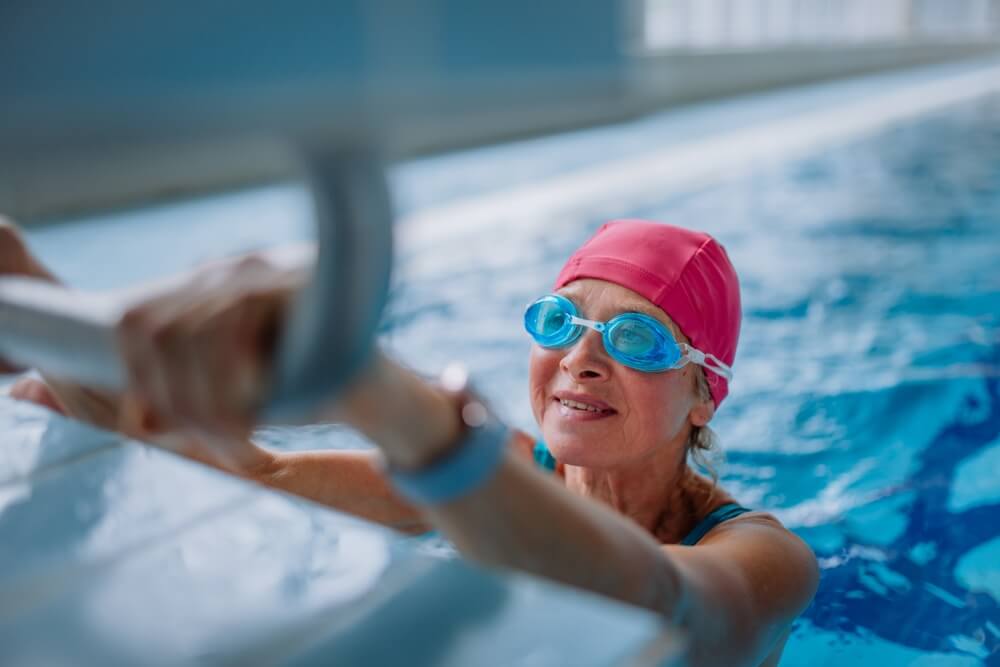
Swimming offers excellent cardiovascular benefits while being gentle on the joints. Unlike weight-bearing exercises, swimming minimizes stress on knees, hips and other junctions, making it ideal for seniors with joint pain or discomfort. In fact, an hour of swimming burns as many calories as running and contributes to fulfilling the recommended 75 minutes of vigorous activity per week.
Engaging in swimming provides a full-body workout that tones muscles, builds strength and gets your heart pumping. Additionally, your lungs benefit from the rhythmic breathing involved in swimming. Research suggests that swimming may even help lower blood pressure and control blood sugar levels.
Seniors dealing with arthritis or injuries can find swimming to be an ideal sport. Furthermore, studies indicate that swimming can reduce pain in individuals with Multiple Sclerosis, alleviate stress and enhance mood in those with dementia.
Croquet and Bocce

Although two very different activities, both lawn games are strategy-focused activities that help us hone problem-solving skills.
Croquet offers substantial mental engagement. The game’s strategic nature enhances problem-solving skills, akin to the thought process required in chess. Beyond physical and cognitive benefits, playing croquet outdoors provides essential Vitamin D, reduces depression and tension, and boosts self-esteem. The gentle touch required in the game contributes to relaxation.
Bocce ball, whether played individually or in teams, fosters social interaction — an essential factor for brain health and longevity. The game demands skill and concentration, engaging cognitive faculties. Physically, players throw the bocce ball, walk and stay on their feet, promoting joint movement and overall exercise. Bocce ball offers stress-free fun while benefiting both mind and body.
Walking
Engaging in the straightforward activity of brisk walking can significantly enhance your health, in particular reinforcing bone health. Research indicates that postmenopausal women who walked more than 7.5 miles per week (roughly a mile per day) exhibited a higher bone density than those who walked less than a mile weekly.
Golf
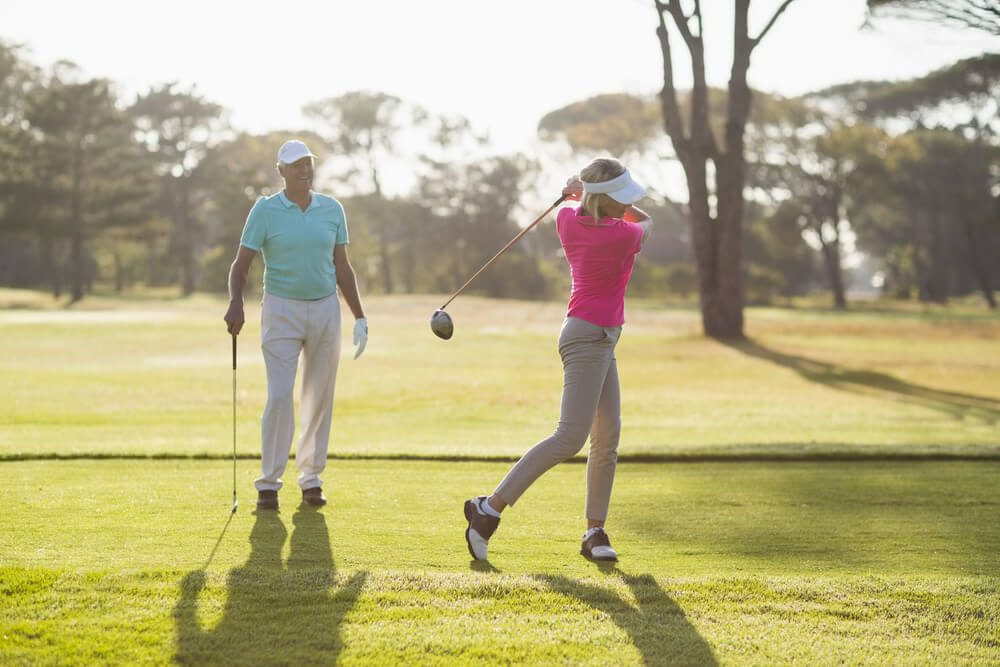
If longevity is your goal, playing golf regularly may be one of your best options. A study published in the Scandinavian Journal of Medicine and Science in Sports revealed that golfers, on average, outlive non-golfers by five years, and those extra years are spent active and in good health. The study further identified golf as a preventive measure against 40 chronic diseases, ranging from heart attacks to dementia.
The sport is recognized for its ability to enhance cerebral blood flow and improve focus, as well as stimulate the cerebellum, a part of our brain responsible for coordination. Evidence also suggests that a day spent golfing promotes deep sleep, another crucial factor in living a healthy lifestyle. Exposure to fresh air during a round of golf increases the flow of oxygen in the body, improving cellular function.
SMART Goals for Getting Started in a New Sport
Picking up any new sport or starting an exercise program should begin with setting goals. For example, do you want to improve your health or are you hoping to eventually play at a competitive level? Whatever your individual goals are, they should be “SMART”: Specific, Measurable, Achievable, Relevant and Timely.
Keeping this acronym in mind will not only help you to set appropriate goals but also develop a plan to reach those goals. Keep these parameters in mind when you personalize SMART goals based on your fitness level and personal objectives.
- Specific: This is your target. For example, you shouldn’t set a goal simply to “get more exercise,” but instead to “walk at least one mile a day for five days each week.”
- Measurable: You will need a system to track your progress, so you know how you are advancing toward your goal. Hold yourself accountable by measuring your progress and then celebrating your successes.
- Achievable: When you set a goal for physical activity, it should be challenging but also attainable. If your goal is too far-fetched, it is easy to become frustrated or get injured. At the same time, by setting a goal that is too easily attainable, you defeat the purpose.
- Relevant: The exercise you chose should match what you are trying to achieve in the end. Some exercises will help with stress and control weight gain, others will help you be more limber.
- Timely: Set a time frame in which you wish to meet your goal. For example, you may want to work your way up to competing in a 5K race six months from now. Keep that date in mind as you build your plan.
Be gentle and work toward your goals gradually, especially if exercise hasn’t been a priority for you recently. The process should be a logical progression. And of course, you should always consult with your physician before starting a new training regimen or exercise program.
Four Elements of Exercise
No matter what sport you’re preparing for, a good exercise program should incorporate four elements: aerobic exercise, strength training, flexibility and nutrition. Each of these elements work in concert to make our bodies stronger, healthier and more resilient.
Aerobic Exercise

Aerobic exercise increases your heart rate and aids cardiac and circulatory system health. Studies find that older adults who participate in regular aerobic activity reduce their risk of heart disease, stroke, high blood pressure and type 2 diabetes, while also helping to manage arthritis. Aerobic training can also help to reduce fall risk in seniors by as much as 50%.
Aerobic exercise also promotes brain health. It can help delay the onset of dementia and can even improve cognition in patients with dementia and Alzheimer’s disease. Cardio exercise can also help to reduce stress and feelings of anxiety. Because of these findings, older adults are recommended to maintain at least 150 minutes of moderate intensity aerobic activity weekly (or 75 minutes at vigorous intensity).
Strength Training

Strength and resistance training helps increase bone density and builds muscle to stabilize joints. As we age, we tend to become frail and lose muscle mass, leading to falls and other injuries. Research shows strength training can fend off frailty by building muscle mass and muscle strength. Strength training can also decrease the risks associated with osteoporosis and symptoms of chronic disease. The Centers for Disease Control and Prevention recommends that seniors should perform strength training at least two times a week.
Flexibility
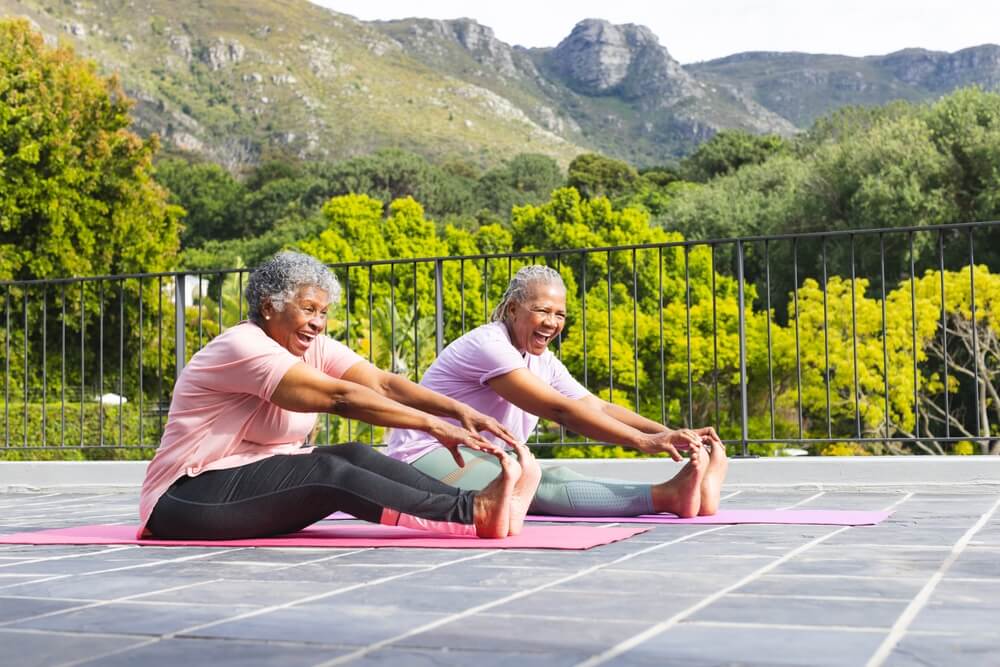
Often an underestimated activity, flexibility can improve blood flow to tissues, enhance range of motion and help to avert muscle strains. Stretching is an activity that anyone can perform just about anywhere. Stretching improves flexibility, which translates into better performance in sports and other physical activities, as well as an overall enhanced sense of well-being.
Nutrition
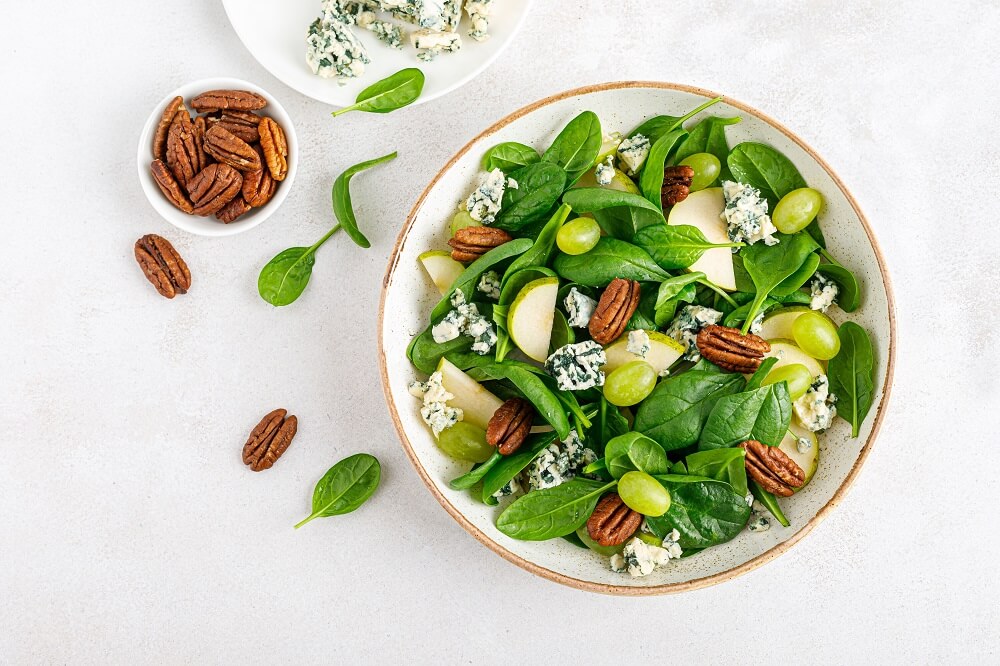
Finally, a healthy diet provides the essential energy source we need to perform better and recover more quickly. Calcium is essential for bone health and can be found in dairy products, dark leafy greens, almonds, tofu, and even canned salmon and canned white beans. Muscle mass can be enhanced through high protein foods, including lean meats, beans, chickpeas, nuts, eggs and dairy products.
Consider adopting a Mediterranean diet, which, when combined with exercise, can help reduce body fat and improve muscle mass in older adults. A variation of the Mediterranean diet plan, known as the MIND diet, offers significant cognitive health benefits as we age.
Enhance Your Performance Through the Aviv Medical Program

Find a sport that you enjoy playing, and you’ll find it much easier to make time for physical activity.
Aviv Clinics delivers a highly effective, science-based treatment program to enhance physical performance at any age. The Aviv Medical Program can combine evidence-based therapies like physical and cognitive training, nutritional coaching, and hyperbaric oxygen therapy for better brain and body health. The medical program closely tracks clients’ progress before, during, and after the program. Based on nearly two decades of research and development, the Aviv Medical Program is customized to the needs of every client, based on the results of comprehensive brain and body assessments.
Whether you’re training for a marathon or simply want to maintain your physical and cognitive strength for a healthier future, the Aviv Medical Program provides you with a unique opportunity to invest in your health.




